Oyster reef restoration project led by NOAA to revitalize more than 2,300 acres in Maryland and Virginia waters
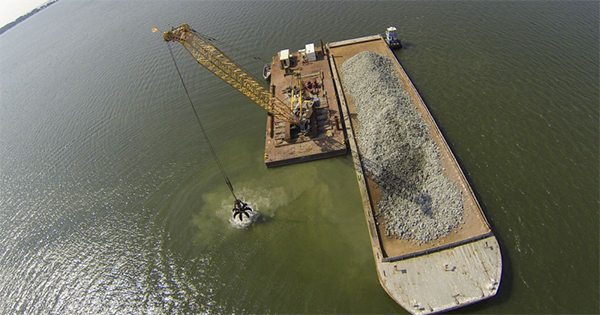
Oyster reef restoration efforts in 10 Chesapeake Bay tributaries are making “significant progress toward regional goals,” said National Oceanic and Atmospheric Administration (NOAA).
NOAA is leading teams in Maryland and Virginia waters to restore oyster reefs, which includes the U.S. Army Corps of Engineers, state agencies (including the Maryland Department of Natural Resources and Virginia Marine Resources Commission) and various non-profit and academic partners.
The project, which involves restoring more than 2,300 acres, is the world’s largest oyster reef restoration project. The team tallies their results at the end of each year, and to date, efforts have surpassed two square miles of healthy oyster reef habitat.
Oyster populations in the Chesapeake Bay are much lower than they used because of disease, overfishing, degraded water quality and other problems. Only about 3 percent of the historic native oyster population remains, which threatens the ecosystem and economic benefits that oyster reefs provide.
In response, the team selected 10 tributaries – five each in Maryland and Virginia. In each tributary, scientists first evaluate where restoration would work best, and then develop a restoration plan to guide the work, which can include building a reef base out of hard substrate and/or seeding an area with baby oysters. After the restoration work, the team monitors the oyster reef restoration areas to track their progress.
So far, seven of the 10 tributaries that were chosen for restoration work have been completed, with plans to finish restoring the 10 tributaries by 2025. Future restoration will likely seek to incorporate elements of restoration, aquaculture and the wild oyster fishery, NOAA reported.
Follow the Advocate on Twitter @GSA_Advocate
Now that you've reached the end of the article ...
… please consider supporting GSA’s mission to advance responsible seafood practices through education, advocacy and third-party assurances. The Advocate aims to document the evolution of responsible seafood practices and share the expansive knowledge of our vast network of contributors.
By becoming a Global Seafood Alliance member, you’re ensuring that all of the pre-competitive work we do through member benefits, resources and events can continue. Individual membership costs just $50 a year.
Not a GSA member? Join us.
Author
-
Responsible Seafood Advocate
[103,114,111,46,100,111,111,102,97,101,115,108,97,98,111,108,103,64,114,111,116,105,100,101]
Related Posts
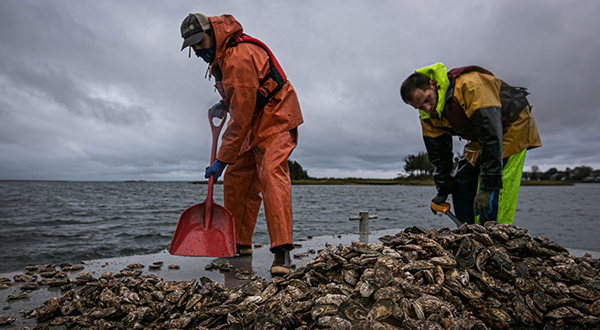
Responsibility
The Nature Conservancy and Pew team up to support oyster aquaculture, restoration
Funding will help rebuild oyster reefs, as well as promote innovation, resilience and diversity within the oyster aquaculture industry.
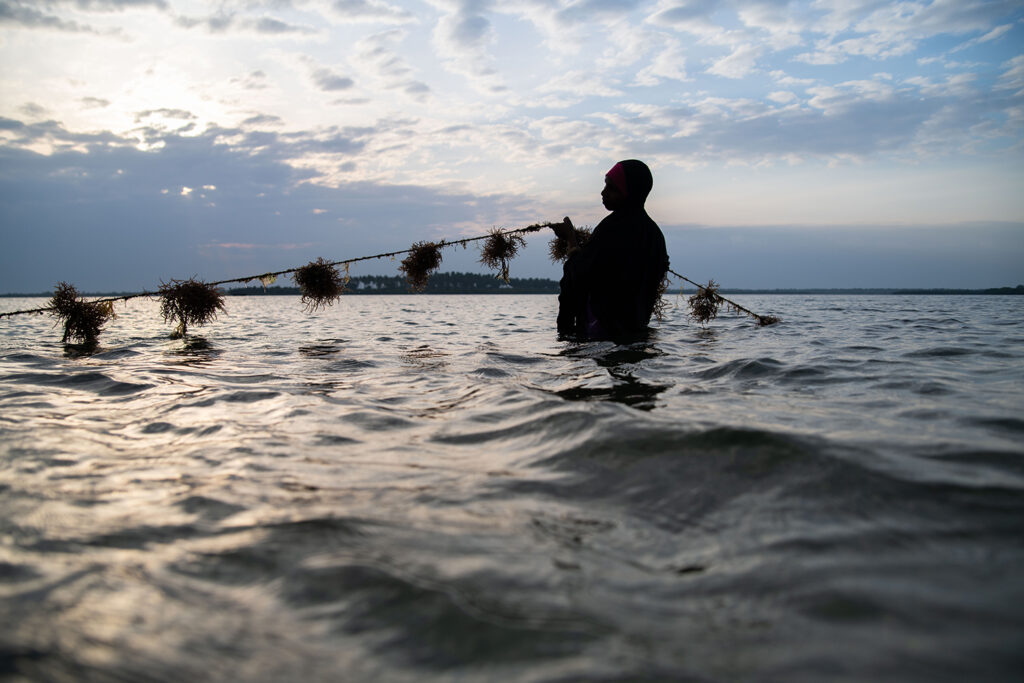
Responsibility
Study: Aquaculture can be ‘part of the solution’ to marine ecosystem restoration
A new study has identified 12 potential ecological benefits of aquaculture, which can help marine ecosystem restoration.
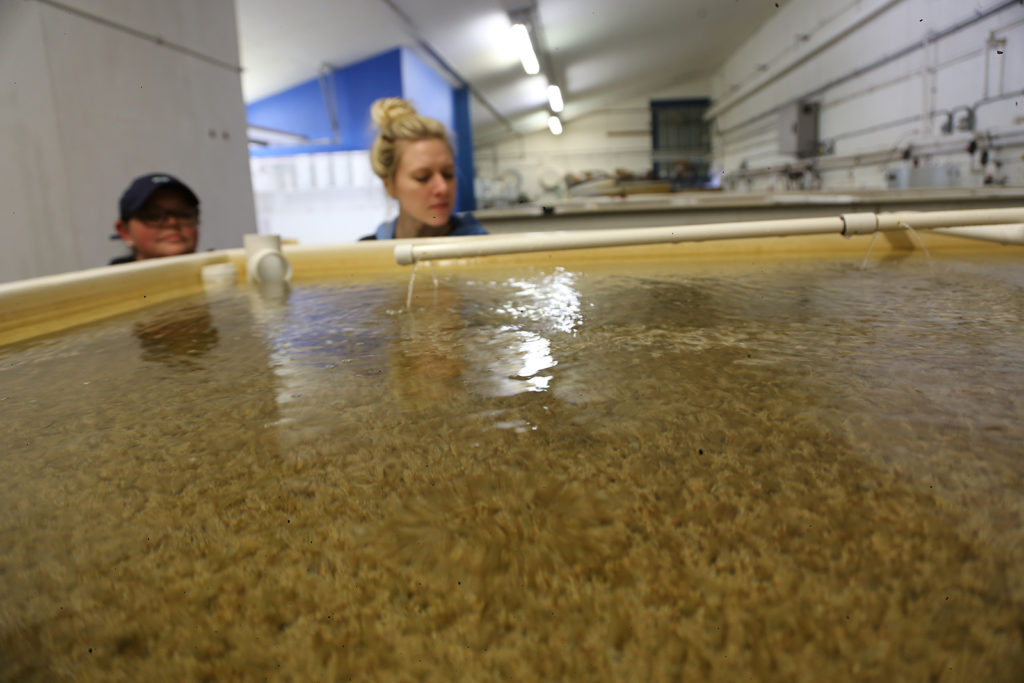
Intelligence
Uncertain times for oyster larvae production in North America
Oyster larvae producers say information sharing and perseverance are seeing them through a prolonged stretch of high larval-stage mortalities.
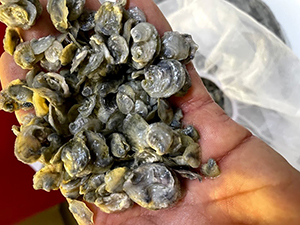
Responsibility
Orkney Islands hatchery engages in restorative aquaculture initiative
As part of a restorative aquaculture initiative, Orkney Shellfish Hatchery, a multi-species aquaculture hatchery in the Orkney Islands, has released its first stock of native flat oyster spat into the ocean.



